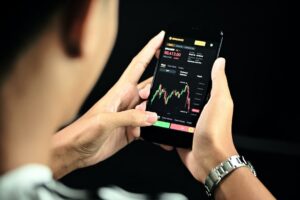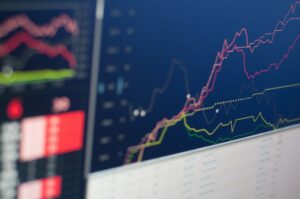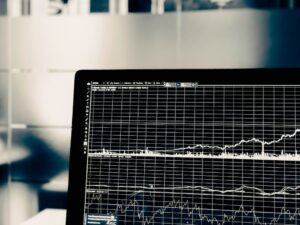The Future of Forex and CFD Trading: Trends to Watch Out For
Forex and CFD trading have come a long way since their inception. With advancements in technology and changing market dynamics, traders need to be aware of the trends that are shaping the future of these markets. In this article, we will explore some of the key trends to watch out for in forex and CFD trading.
1. Artificial Intelligence and Machine Learning
Artificial intelligence (AI) and machine learning (ML) are revolutionizing the way trading is conducted. These technologies are capable of analyzing vast amounts of data and identifying patterns that are not easily noticeable to human traders. AI-powered trading systems can execute trades at lightning-fast speeds, making them ideal for high-frequency trading. In addition, ML algorithms can learn from past trading data and continuously improve their performance.
As AI and ML technologies become more sophisticated, they are expected to play a significant role in forex and CFD trading. Traders will rely on these intelligent systems to generate trading signals, execute trades, and manage risk. However, it is important to note that human intervention will still be required to ensure the systems are operating within predefined parameters and to make strategic decisions.
2. Mobile Trading
The rise of smartphones and mobile applications has made trading more accessible than ever before. Traders can now access their trading accounts and execute trades from anywhere, at any time. This trend is set to continue, as mobile trading platforms become more feature-rich and user-friendly.
Mobile trading apps not only provide real-time market data and trading functionality but also offer a range of analytical tools and educational resources. Traders can stay updated with market news, monitor their positions, and even participate in social trading communities. With the increasing popularity of mobile trading, brokers are investing heavily in developing mobile applications that cater to the needs of traders on the go.
3. Social Trading
Social trading is a concept that allows traders to follow and copy the trades of successful traders. This trend has gained popularity in recent years, as it provides novice traders with an opportunity to learn from experienced traders and profit from their expertise. Social trading platforms enable traders to interact with each other, share trading ideas, and even automatically replicate the trades of top-performing traders.
The future of social trading is promising, as more traders seek to benefit from the collective wisdom of the trading community. Social trading platforms are expected to become more sophisticated, incorporating advanced analytics and AI-based algorithms to identify and rank the best-performing traders. This trend will not only democratize trading but also provide an avenue for experienced traders to monetize their skills.
4. Regulatory Developments
Regulatory bodies around the world are continuously evolving their regulations to ensure the integrity of forex and CFD markets. The future of trading will see stricter regulations and enhanced investor protection measures. This includes measures such as increased transparency, stricter capital requirements for brokers, and limitations on leverage.
While these regulations may impose certain constraints on traders and brokers, they are necessary to promote a fair and transparent trading environment. Traders should stay updated with the regulatory developments in their jurisdiction to ensure compliance and protect their investments.
5. Cryptocurrencies and Blockchain
Cryptocurrencies, such as Bitcoin and Ethereum, have gained significant attention in recent years. These digital currencies operate on blockchain technology, which offers secure and transparent transactions. The future of forex and CFD trading will likely see the integration of cryptocurrencies into traditional trading platforms.
Some brokers already offer cryptocurrency trading as part of their product offerings. As the popularity of cryptocurrencies grows, more traders will seek exposure to these digital assets. However, it is important to note that trading cryptocurrencies carries a higher level of risk and volatility compared to traditional forex and CFD trading.
In conclusion, the future of forex and CFD trading is shaped by advancements in technology, changing market dynamics, and regulatory developments. Traders need to stay updated with these trends and adapt their strategies accordingly. Artificial intelligence, mobile trading, social trading, regulatory developments, and cryptocurrencies are some of the key trends to watch out for. By embracing these trends, traders can stay ahead of the curve and maximize their trading potential.













